Key Takeaways
- Video games feature traditional fantasy races with unique spins to create diverse characters.
- Games like Shadowrun and Divinity invent new lineups with unexpected cultural traits for races.
- RPGs like Kenshi and Elder Scrolls provide races with distinct lore and backstories to enrich gameplay and lore variety.
Magical elves, mundane humans, tech-handy dwarves, war-obsessed orcs, and sly halflings. These fantasy races, among others, have been around in video games ever since the early coders translated their new favorite dice game, Dungeons & Dragons, into ones and zeroes.
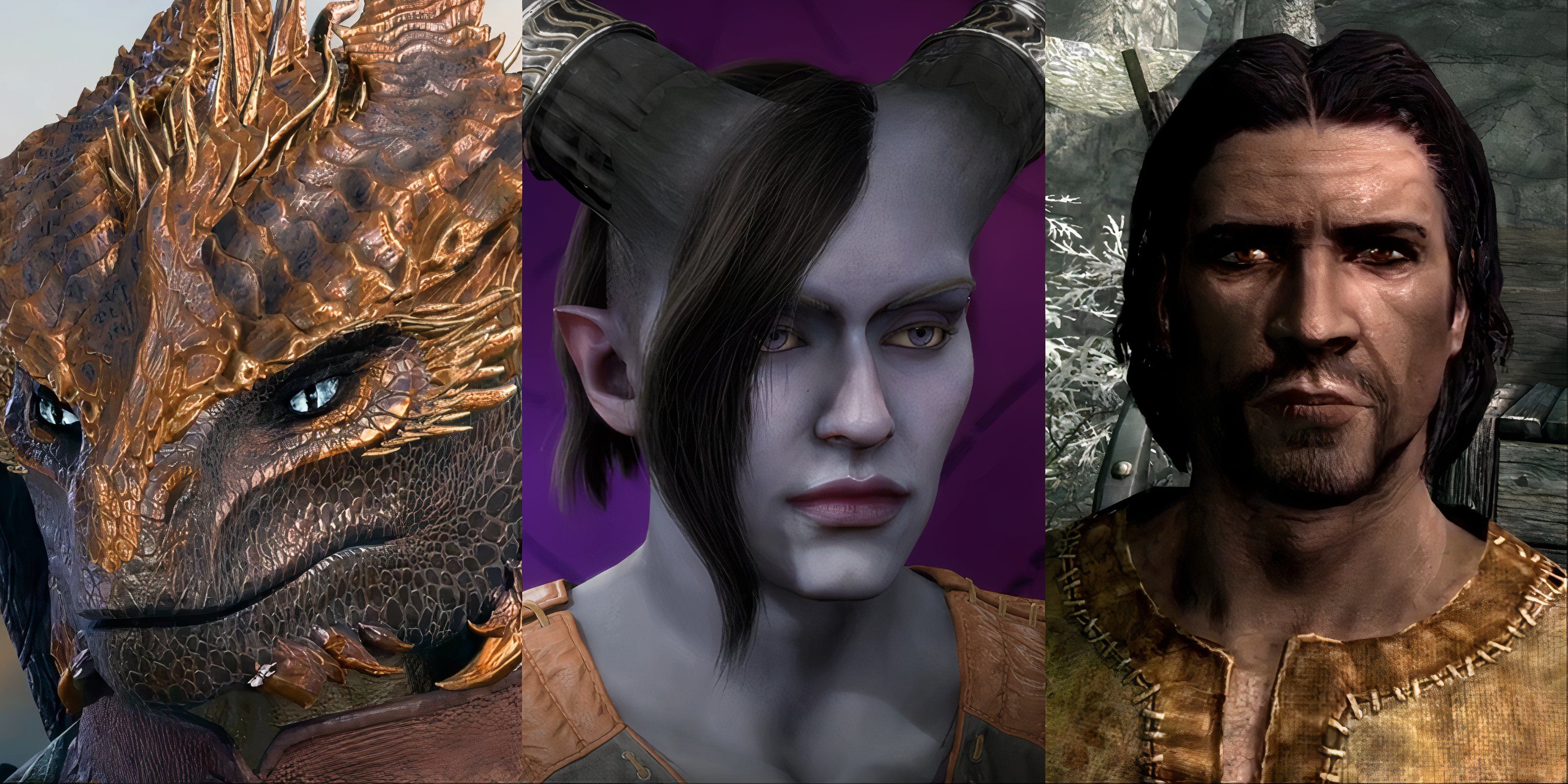
Related
8 Best Character Creation In Fantasy RPGs
From The Elder Scrolls to Dragon Age, character creation has been a beloved aspect of fantasy RPGs and their respective franchises.
However, some game studios have seen the wisdom in moving beyond those Tolkien-esque archetypes by putting their own spin on the formula or, in some cases, completely inventing the wheel, whether that means adding flavor to each race’s appearances, backstories, lore, or even coming up with a new lineup from scratch.
6 Shadowrun Returns
From Inhumane Cyberpunk Dystopia To Meta Human Cyberpunk Dystopia
- Released
- July 25, 2013
- Developer(s)
- Harebrained Schemes
- OpenCritic Rating
- Fair
After an event known as the “Unexplained Genetic Expression,” the human denizens of an alternate timeline found themselves birthing children with elvish or dwarven biology (and later, orcs and trolls). As a result, Shadowrun‘s cybertech world is occupied by races that would fit right into a Lord of the Rings game, but here they are molded and hardened by urban life, corporate conflict, and high technology, all while mystical forces hum in the background.
What makes these races unique is their immersion into (or spiritual rejection of) the complexity of modernity and its fantastical clash with magic. For example, an elf might work as a corporate spy or street mage, while a troll could be a hired bodyguard with heavy cybernetic enhancements.
5 Divinity: Original Sin 2
The Classic Lineup With A Few Twists
In Divinity: Original Sin 2, traditional fantasy races like elves, dwarves, and lizards are present, but each comes with unique cultural traits and quirks that set them apart from standard archetypes (barring humans, who fill the typical “adaptive medieval type” role). The elves are deeply tied to nature, but they practice an eerie, magical form of cannibalism, eating flesh to absorb the memories of the dead.
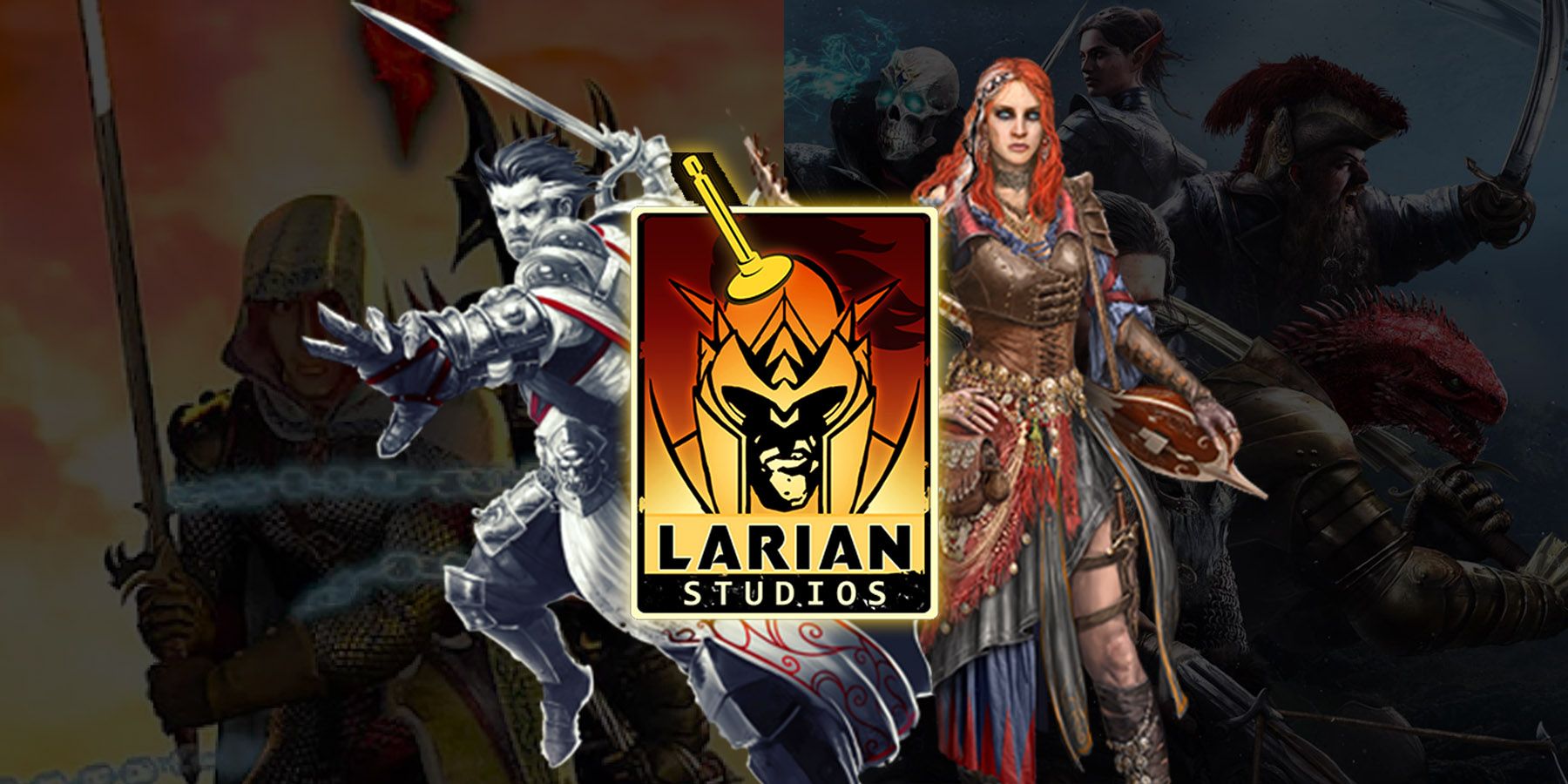
Related
The 8 Best Larian Studios Games, Ranked
With the recent release of Baldur’s Gate 3, it’s worth taking a look at some of Larian Studios’ best games.
Lizards in OS2 form a dignified and complexly hierarchical society, wrapped in tradition and politics, quite different from typical “reptilian” or beastly portrayals. Dwarves, usually depicted as stoney, industrious miners with a mind for justice and equality in other games, are at home as sailors in an ocean and adept magic weavers but live in a deeply entrenched class system run by a matriarchal empress.
4 Kenshi
A Moon Of All Walks Of Life (Assuming They Haven’t Lost Their Legs)
Kenshi introduces players to a post-apocalyptic world (or, more accurately, a post-apocalyptic moon) with non-traditional races (even for sci-fi) molded by their harsh environments. This hardcore RPG offers unconventional races like the warlike Shek, insectoid Hive, robotic Skeletons, and, of course, the standard hapless human. The only thing that each of these races has in common is their ability to lose limbs in grotesquely violent ways.
The Hive functions as a collective society with worker and warrior casts, presenting a unique take on insectoid creatures. The Shek is a warrior race with massive physical strength, resembling fantasy orcs but with a survivalist edge sharpened by a hostile desert existence. Lastly, Skeletons are ancient, seemingly immortal sentient robot frames that are resilient but haunted by the memory of past wars.
3 Arcanum: Of Steamworks And Magick Obscura
Tolkienesque Races Put Through The Paces Of Industry
Arcanum: of Steamworks and Magick Obscura
For anyone who ever wondered why fantasy worlds remain in the stasis of the medieval setting without an advancement in technology or social revolutions (perhaps sparked by tech-savvy dwarves or gnomes), that might be because magic surpasses any of the benefits that steam-powered devices could bring, and because of all the seemingly endless instability and violence rocking the landscape.
However, Arcanum presents a scenario in a Tolkien-style world with all the usual races where an industrial revolution kicked off.
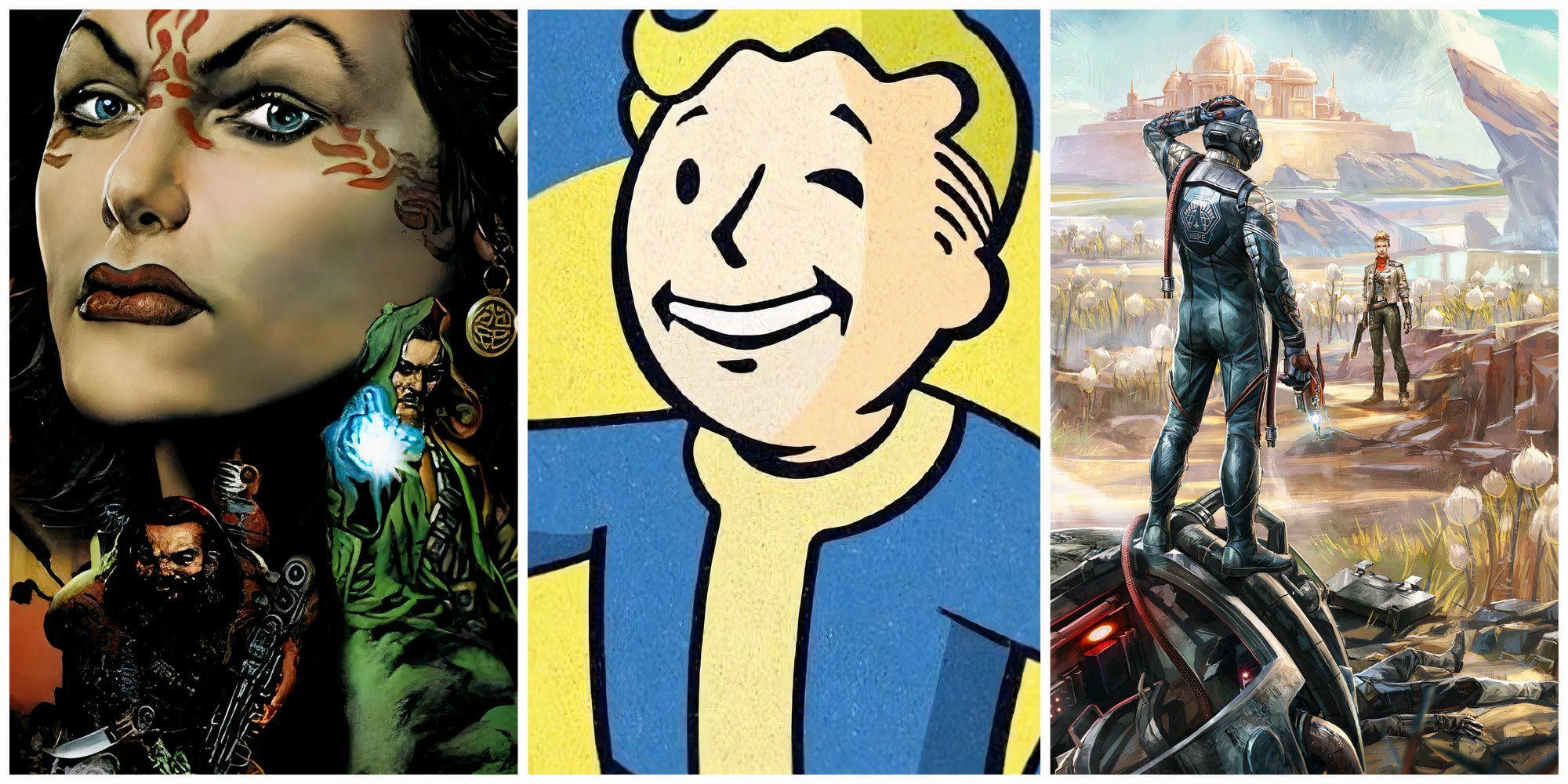
Related
7 Best Games Worked On By Fallout Creator, Tim Cain
Game developer Tim Cain has some amazing games under his belt, including Fallout, but some are more well-known than others.
While the elves, halflings, and half-orcs might look like nothing new on paper, it is the effect that this steam-powered upheaval has on each culture that is so fascinating, especially as magic and science are mutually incompatible in both story and mechanics. Elves find themselves driven to the fringes of society, dwarven craftsmanship is coveted by newly minted capitalists looking to expand their production line, and orcs and ogres have become enslaved in all but name by those same captains of industry.
The Fascinating Metaphysical Origins Of Tamriel’s Ten Races
- Released
- November 11, 2011
- Developer(s)
- Bethesda Game Studios
- OpenCritic Rating
- Strong
The Elder Scrolls series has always striven for mass appeal. To the uninitiated, each race offers a familiar fantasy archetype. Haughty elves in High Elves, wild beast folk in the Khajiit or Argonians, and Norsemen for the Nords. However, the more the player learns about each one, the stranger each becomes. For example, in Skyrim, ancient Nord culture more resembles that of Ancient Egyptians than of real-world Nordics, and their metaphysical cosmology, including Shezar and the Old Gods, is far stranger than merely being Viking-esque.
There are questions as to whether the Wood Elves are technically elves. Meanwhile, the cat-like Khajiit could well be a missing member of the Mer family. Argonian lore involving their obscure and fascinating deities, the Hist Trees, is complex and raises many spiritual and existential questions, and the High Elves’ creation myth involving their ancestor gods being tricked into creation and enslavement to limitation may not be so mythic. Bethesda’s Elder Scrolls lore, from Daggerfall to Skyrim, would give even Tolkien a run for his money with its richness, and much of the series’ lore intricacies can be found in the veins of each of Tamriel’s races.
1 Guild Wars 2
Drawing From A Deeper Well Of Fantasy Conventions
In the original Guild Wars, humans were the only playable race. In Guild Wars 2, ArenaNet went all in on making each playable race distinct while also filling the archetypes. The Charr, Guild Wars’ bestial warrior race, a nightmare combination of big-cats and demonic bulls, brings destruction with their military culture and grand machines of death. The dryad-like Sylvari somewhat resembles elves but inverts the trope by being the world’s youngest and most naive race. Humans, now with their crumbling empires, stand in for an ancient elf race with their divine magics and far-reaching, diverse cultures.
Even the short-statured race, the Asura, stand out for their immense magical prowess, unstable automatons, and highfalutin vocabulary. Finally, the Norn, while seemingly just the “big dumb hunter” type, draw from the entirely underused shapeshifting giants archetype, have their own spirit-based cosmology, and share a curious connection with the polar bear race, the Kodan. Guild Wars 2 goes out of its way to push the boundaries on fantasy and MMO conventions, and the distinctive looks and cultures of each of Tyria’s races are probably the best examples of how.
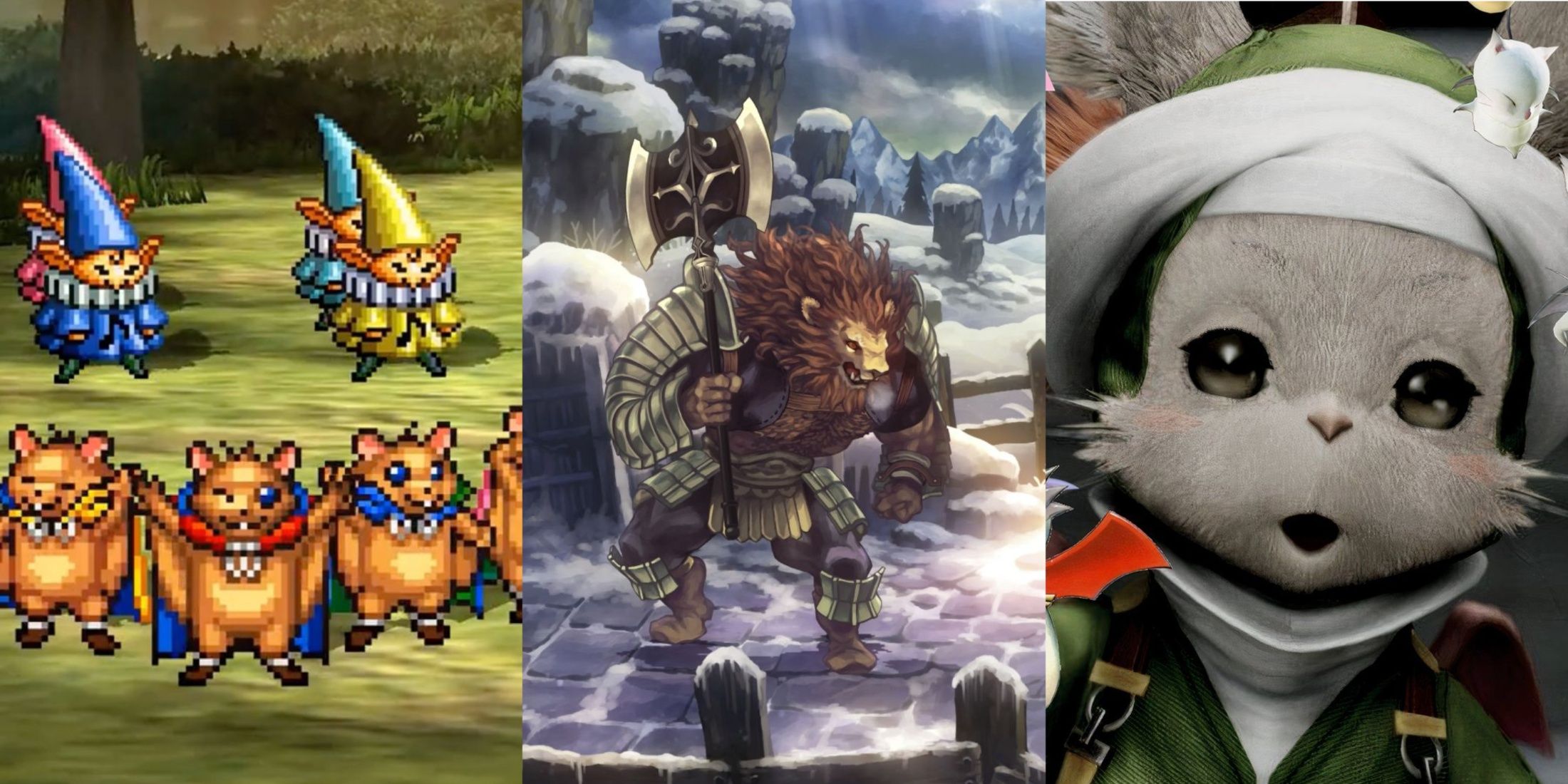
More
5 Best JRPGs With Bestial Races
Bored of humans? These JRPGs include bestial races to enhance their world building.
Source link

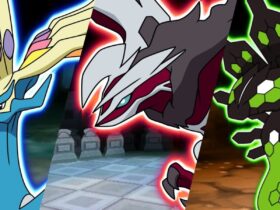

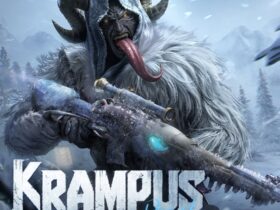
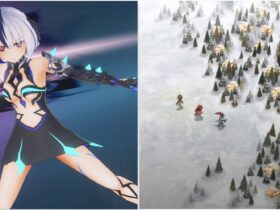
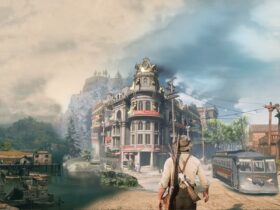
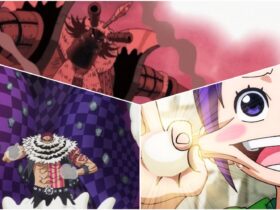
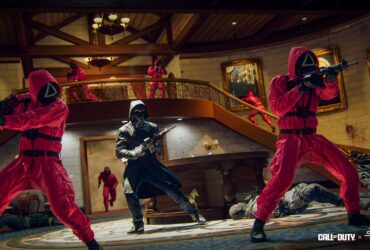
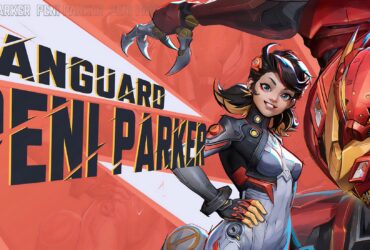
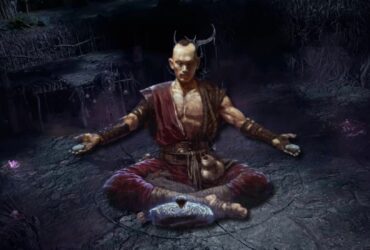
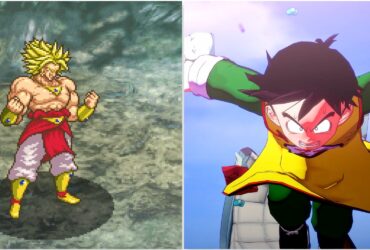
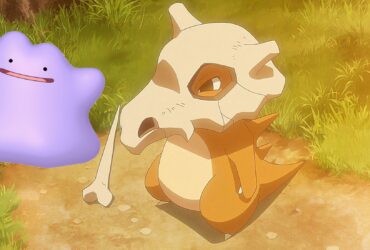
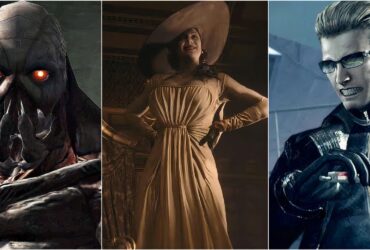
Leave a Reply